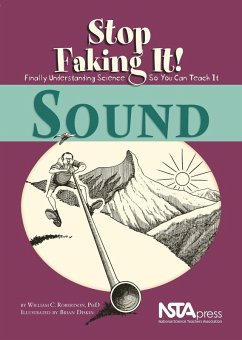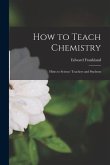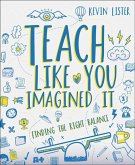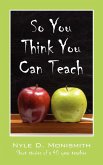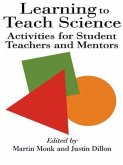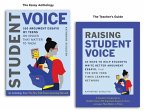Muddled about what makes music? Stuck on the study of harmonics? Dumbfounded by how sound gets around? Now you no longer have to struggle to teach concepts you really don't grasp yourself. Sound takes an intentionally light touch to help out all those adults-science teachers, parents wanting to help with homework, home-schoolers-seeking necessary scientific background to teach middle school physics with confidence. The book introduces sound waves and uses that model to explain sound-related occurrences. Starting with the basics of what causes sound and how it travels, you'll learn how musical instruments work, how sound waves add and subtract, how the human ear works, and even why you can sound like a Munchkin when you inhale helium. Sound is the fourth book in the award-winning Stop Faking It! Series, published by NSTA Press. Like the other popular volumes, it is written by irreverent educator Bill Robertson, who offers this Sound recommendation: "One of the coolest activities is whacking a spinning metal rod to create a 'wah-wah' effect. It's a simple activity, the explanation incorporates several interesting properties of sound. This activity is in Chapter 5. I suggest you try it and see!"
Bitte wählen Sie Ihr Anliegen aus.
Rechnungen
Retourenschein anfordern
Bestellstatus
Storno

